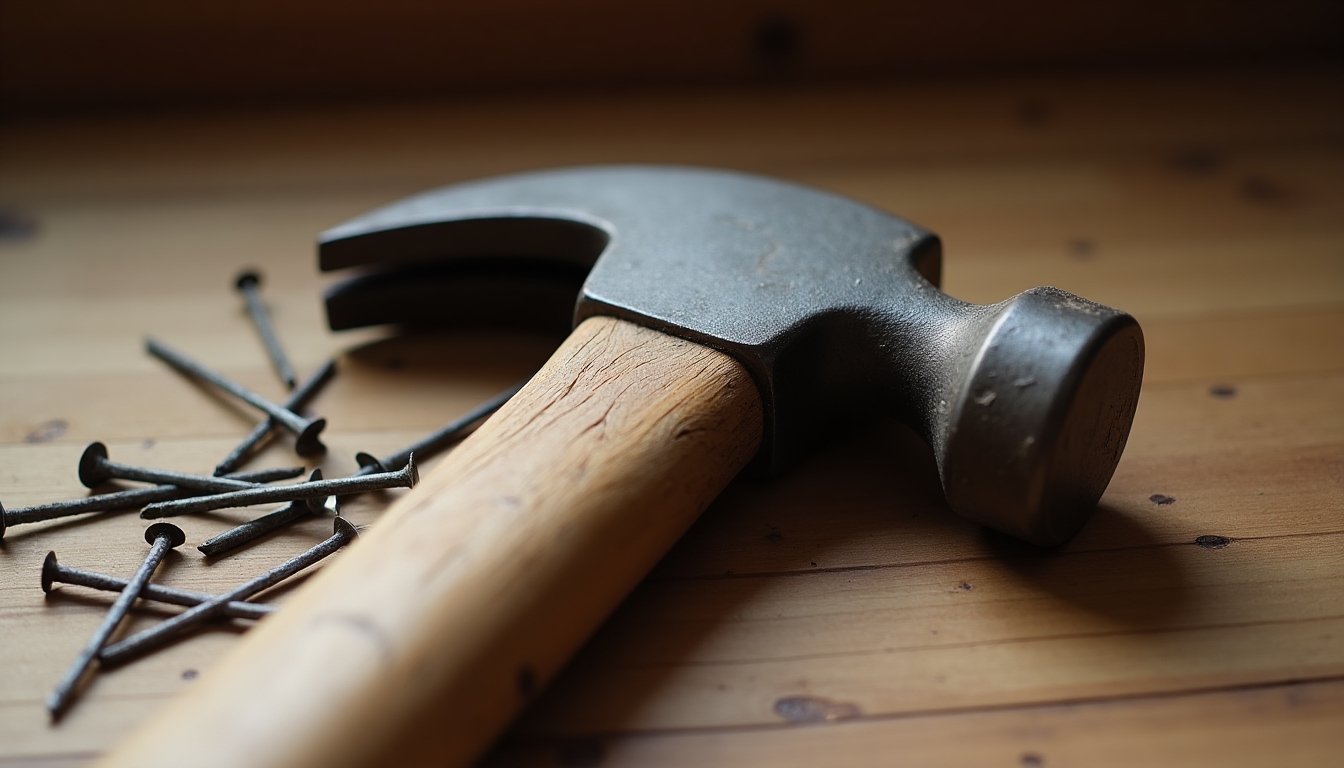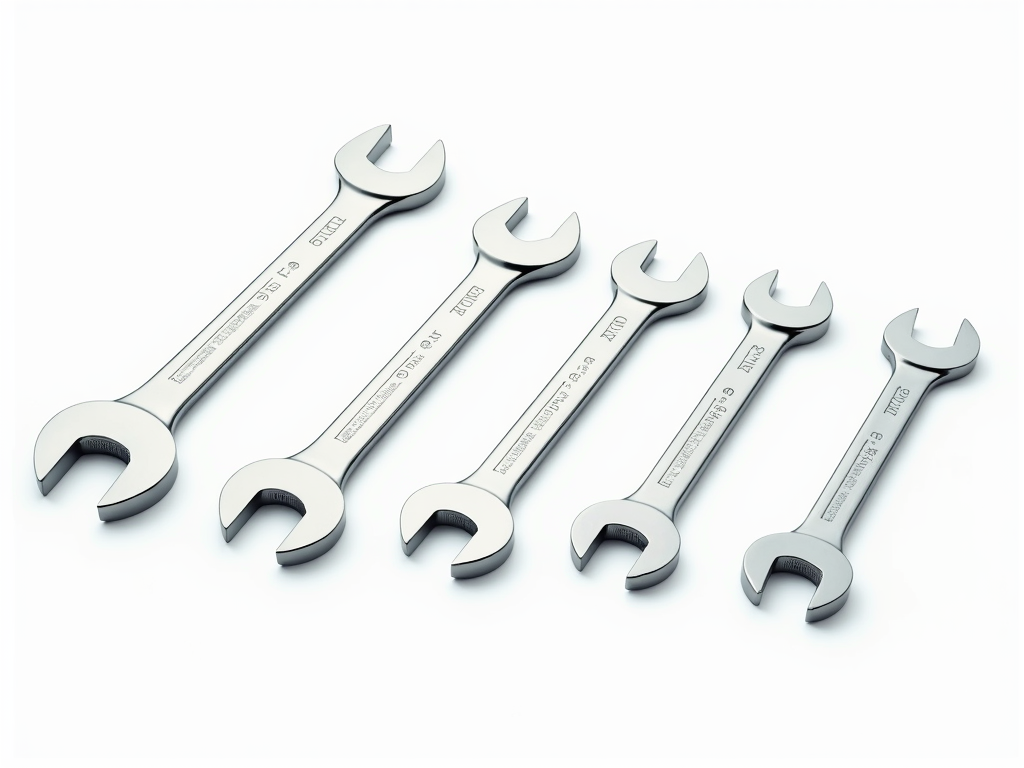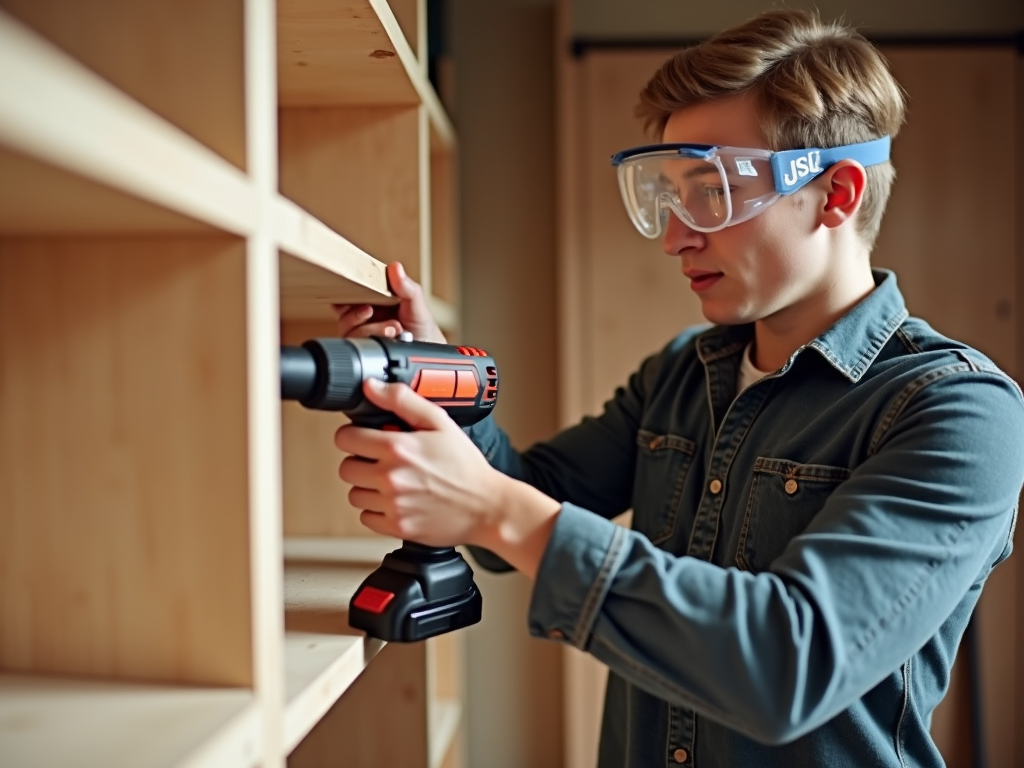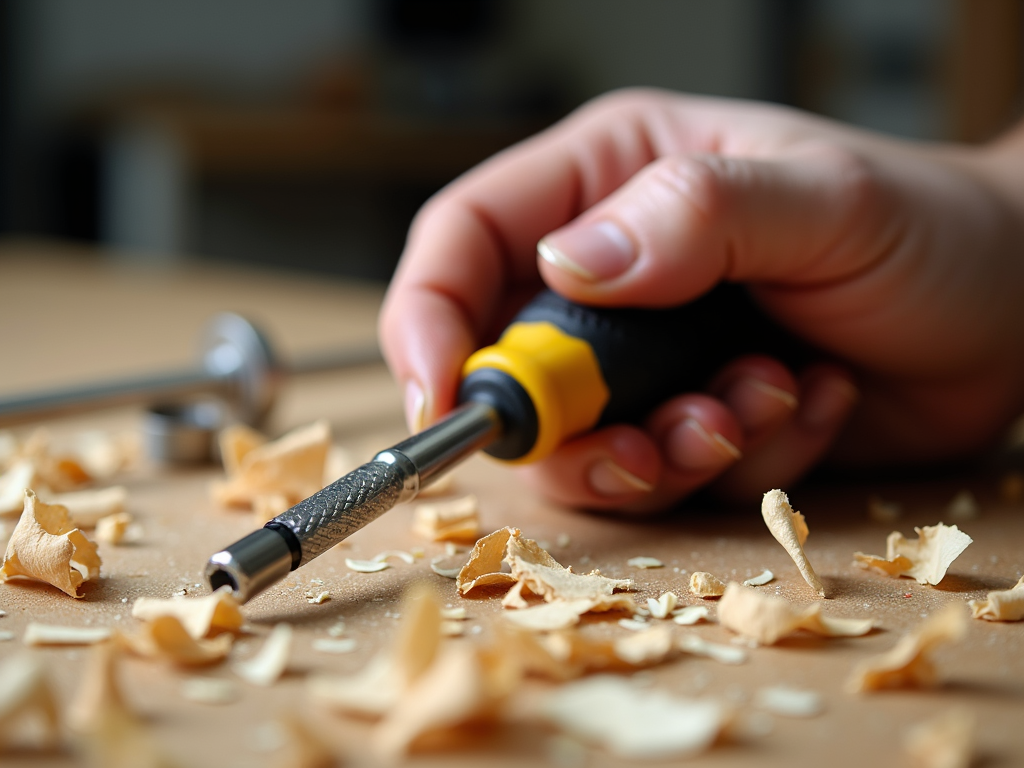Multimeters are indispensable tools for anyone working with electrical systems, from professional electricians to DIY enthusiasts. In automotive repairs, they are crucial for diagnosing issues like faulty batteries, alternators, or wiring problems. This article provides essential tips for using a multimeter safely and effectively, ensuring you get accurate readings and avoid common pitfalls.
What is a Multimeter?
A multimeter, also known as a volt-ohm-milliammeter (VOM), is a handheld device used to measure electrical parameters such as voltage, current, and resistance. It combines several measurement functions into one unit, making it a versatile tool for troubleshooting electrical issues.
In automotive repairs, multimeters are essential workman tools. They help mechanics and technicians identify problems in a vehicle's electrical system, from checking battery voltage to testing sensors and circuits. Whether you're a professional or a hobbyist, having a multimeter in your toolbox is a must.

Types of Multimeters
There are two main types of multimeters: analog and digital.
- Analog Multimeters: These use a needle to display readings on a scale. They are less common today but can be useful for observing trends or fluctuations in measurements.
- Digital Multimeters (DMMs): These display readings numerically on a digital screen. They are more precise, easier to read, and often include additional features like auto-ranging and data hold.
When choosing a multimeter, consider features like: - Auto-ranging: Automatically selects the appropriate measurement range. - Backlit display: Useful in low-light conditions. - True RMS: For accurate measurements of AC signals. - Durability: Look for a robust design, especially if you'll be using it in harsh environments.
| Feature | Analog Multimeter | Digital Multimeter |
|---|---|---|
| Display | Needle on a scale | Digital screen |
| Precision | Less precise | More precise |
| Ease of Use | Requires interpretation | Easy to read |
| Features | Basic measurements | Advanced features available |
| Cost | Generally cheaper | Can be more expensive |
Safety Precautions
Using a multimeter involves working with electricity, so safety is paramount. Here are some essential safety tips:
- Always disconnect power: Before measuring resistance or continuity, ensure the circuit is de-energized.
- Use proper settings: Select the correct measurement type and range to avoid damaging the multimeter or getting inaccurate readings.
- Check leads and probes: Ensure they are in good condition and properly connected.
- Avoid touching live parts: Use insulated tools and wear appropriate personal protective equipment (PPE).
- Be aware of voltage levels: High voltages can be dangerous; take extra precautions when measuring them.
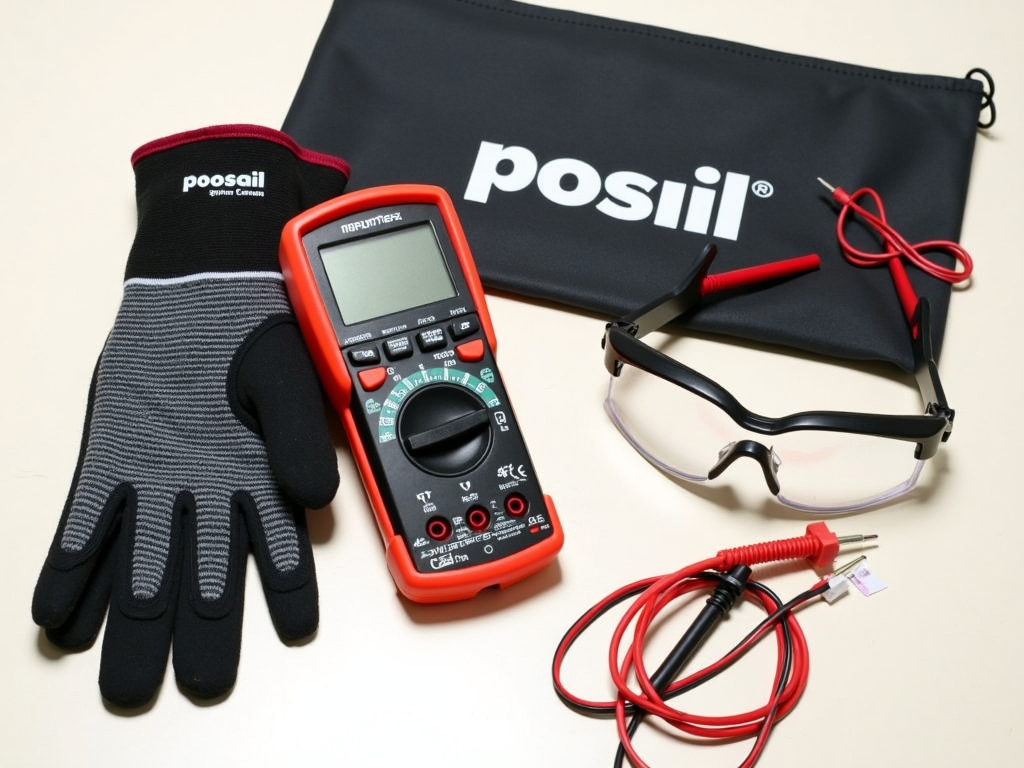
How to Use a Multimeter
Using a multimeter correctly is crucial for getting accurate readings. Here's a step-by-step guide for common measurements:
Measuring Voltage: 1. Set the multimeter to the appropriate voltage type (AC or DC) and range. 2. Connect the red probe to the positive terminal and the black probe to the negative terminal. 3. Read the voltage on the display.
Measuring Current: 1. Set the multimeter to the current measurement mode (A for amperes). 2. Disconnect the circuit and connect the multimeter in series. 3. Read the current on the display.
Measuring Resistance: 1. Set the multimeter to the resistance measurement mode (Ω for ohms). 2. Disconnect power from the circuit. 3. Connect the probes across the component or circuit. 4. Read the resistance on the display.
Tips for Accurate Readings: - Ensure good contact between probes and test points. - Avoid moving the probes while taking measurements. - For current measurements, ensure the multimeter can handle the expected current level.
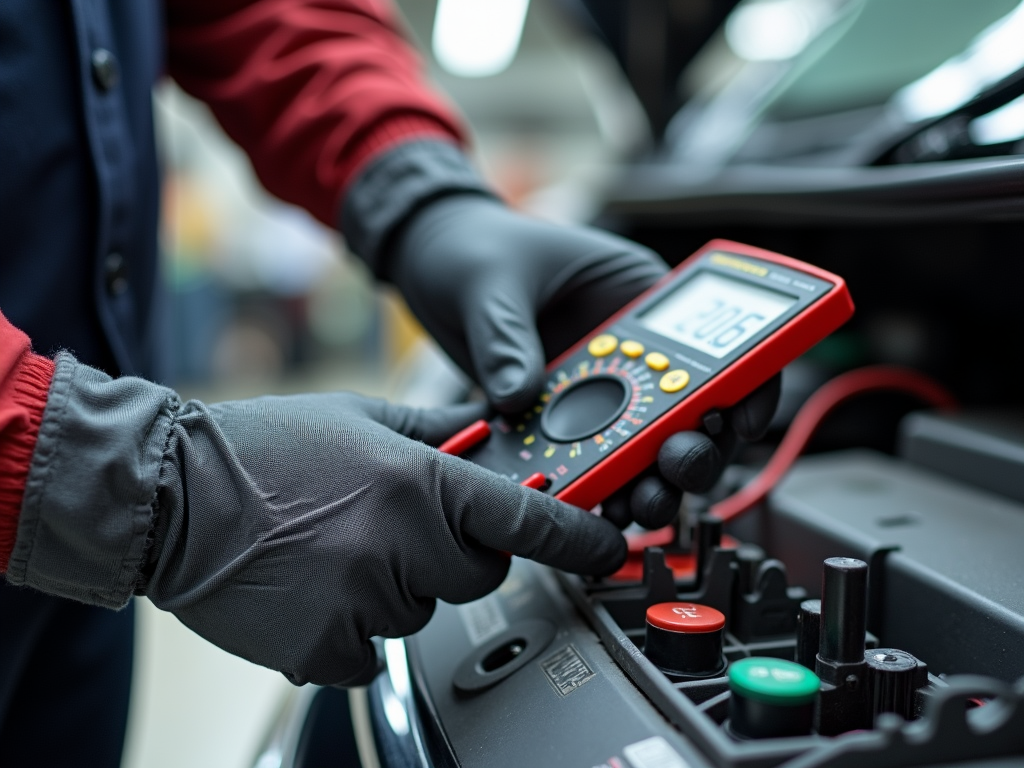
Common Mistakes and How to Avoid Them
Even experienced users can make mistakes with multimeters. Here are some common errors and how to prevent them:
- Using the wrong setting: Always double-check the measurement type and range.
- Measuring current in parallel: Current should be measured in series; measuring in parallel can damage the multimeter.
- Not zeroing the multimeter: For resistance measurements, ensure the multimeter is zeroed if necessary.
- Ignoring lead resistance: For low resistance measurements, account for the resistance of the test leads.
Maintenance and Care
To keep your multimeter in good condition: - Store it in a protective case or toolbox. - Keep it clean and dry. - Replace batteries regularly. - Check and replace damaged leads or probes.
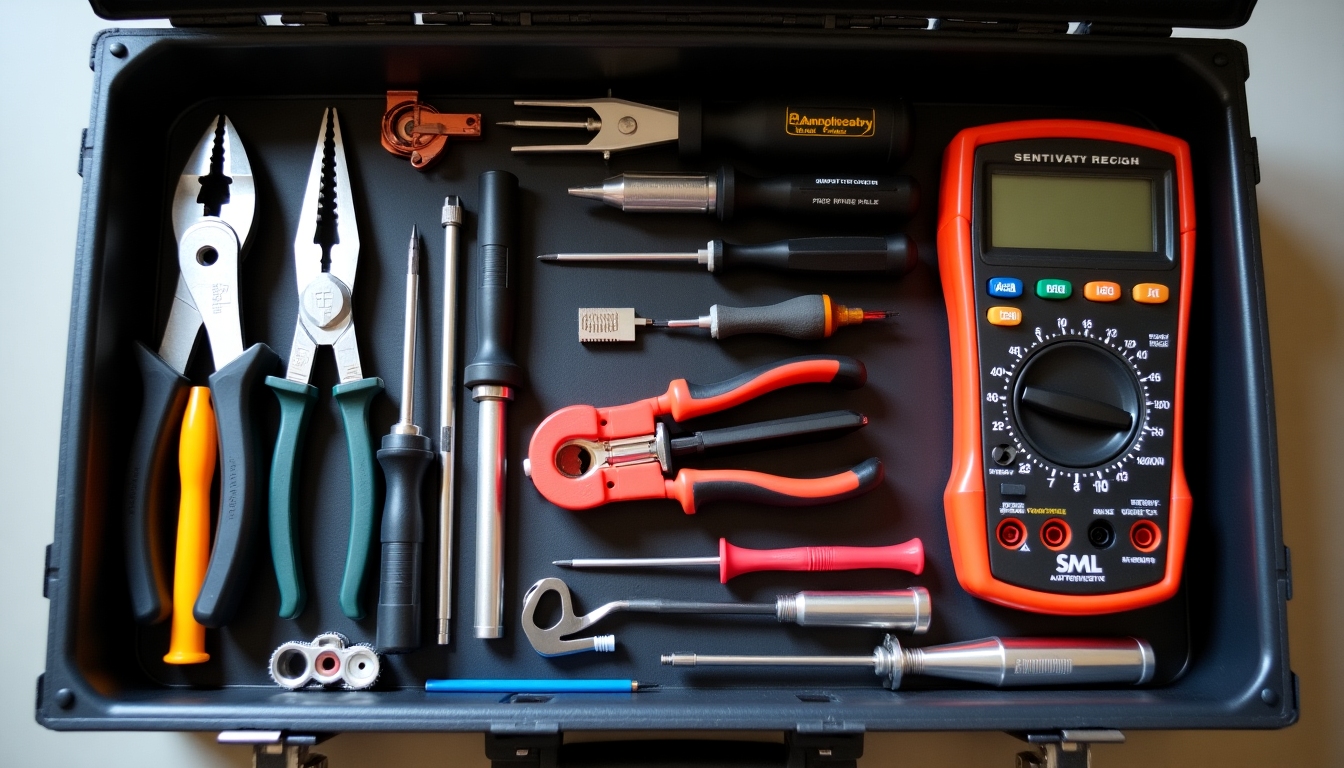
Advanced Tips
For more experienced users, here are some advanced tips: - Use the min/max function to capture transient readings. - Utilize the data hold feature to freeze readings for later review. - Explore additional functions like capacitance or frequency measurement if your multimeter supports them.
Summary
Multimeters are essential tools for diagnosing electrical issues, especially in automotive repairs. By following these tips, you can use your multimeter safely and effectively, ensuring accurate measurements and prolonging the life of your tool.
Related Essential Tips for Using a Multimeter:
- How to Choose the Right Socket Set for Any Job
- How to Choose the Best Hammer for Your Needs
- A Guide to Basic DIY Home Repair Tools: Focus on Hammers
- Essential Safety Gear for Every Handyman
- How to Choose the Right Wrench Size: A Comprehensive Guide
- Essential Tips for Tool Maintenance: A Comprehensive Guide
- Safety Tips Every Workman Should Know
- The Essential Toolkit: Must-Have Tools for DIY Enthusiasts
- Power Drills 101: Choosing the Right One
- Top 10 Innovative Workman Tools in 2024
- The Ultimate Guide to High-Quality Workman Tools for Professionals
- Ultimate Guide to DIY Tools Maintenance: Screwdriver Edition


